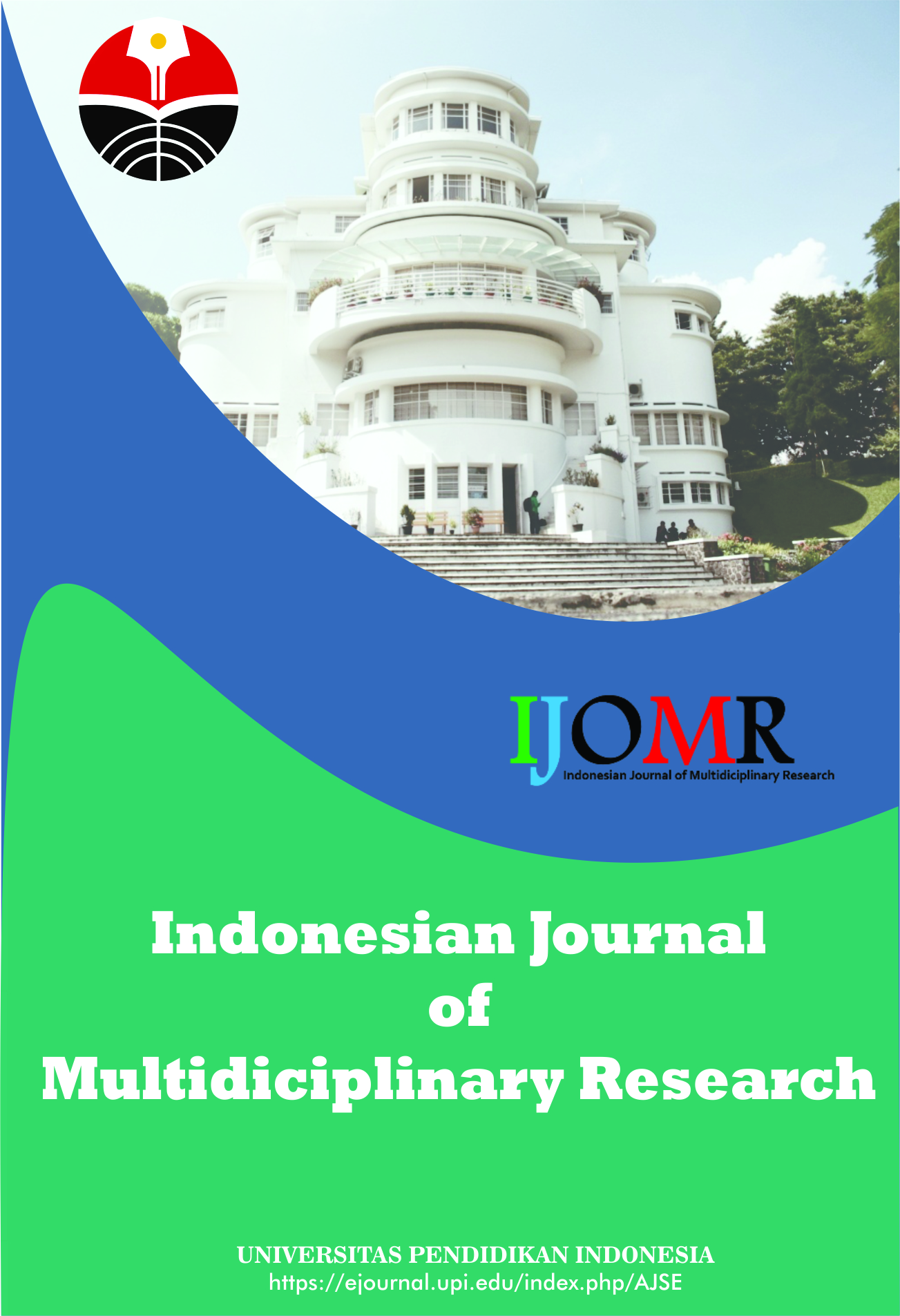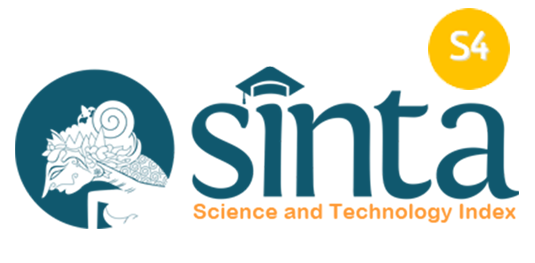Efficacy of Performance Management on Organizational Commitment to Serve Police Personnel
Abstract
The importance of performance management cannot be underestimated in employee organizational commitment. Organizational commitment is a psychological link between an employee and his or her organization that makes it less likely that the employee will voluntarily leave the organization and the extent to which an employee develops an attachment and feels a sense of allegiance to his or her employer. Social exchange theory was used to anchor the study and the study considered employee welfare and job rotation among other performance management, descriptive statistic method was adopted and Pearson product-moment correlation was employed to analyze raised hypothesis, 150 serving police personnel was selected based on the purposive and convenient method. The result of the first hypothesis stated there is no significant relationship between employee welfare and employee organizational commitment was found significant (r= 0.711; p<0.05). The second hypothesis stated there is no significant relationship between job rotation and employee organizational commitment was found significant (r= 0.179; p<0.05). This study was recommended that Organizational leaders, instructors, and supervisors should develop positive connections that would result in increased employee level of wiliness to perform roles beyond their required role. Also, Police management should endeavor to necessary welfare to the employees in a manner that would enhance employees' desire to act or perform beyond their required role.
Keywords
Full Text:
PDFReferences
Alarape, A. I. and Akinlabi, F. M. (2010). Influence of perceived organization support and discrepancy treatment on work attitude of industrial workers. African Journal for the Psychology Study of Social Issues, 5(1), 23-36.
Arfat, A. and Riyaz, A. R. (2013). Exploring a common theme of organizational commitment: a way to consensus. Pacific Business Review International, 6(1), 65-71.
Buchko, A. A., Weinzimmer, L. G. and Sergeyev, A. V. (1998). Effects of cultural context on the antecedents, correlates and consequences of organizational commitment: A study of Russian workers. Journal of Business Research, 43(3), 109–116.
Casad, S. (2012). Implications of job rotation literature for performance improvement practitioners. Performance Improvement Quarterly, 25(2), 27-41.
Chiaburu, D.S. (2011). Social and economic exchanges with the organization: Do leader behaviors matter?, Leadership and Organization Development Journal, 32(5), 442-461.
Gautam, T., Van Dick, R. and Wagner, U. (2014). Organizational identification and organizational commitment: Distinct aspects of two related concepts. Asian Journal of Social Psychology, 7(3), 301-315.
Hosseini, S. M. (2015). A survey of the relationship between job rotation and job performance of the managers of bank Meli of Gilan Province. Journal of Applied Sciences Research 11(1), 60-65.
Karimu, O.O. (2015). Effects of the Nigeria police force personnel welfare condition on performance. European Journal of Research and Reflection in Arts and Humanities, 3(1), 26-38.
Khan, M. M. (2014). Job rotation, job performance, organizational commitment: An empirical study on bank employees. Journal of Management Info, 1(3), 10-13.
Lambe, C.J., Wittmann, C.M and Spekman, R.E. (2001). Social exchange theory and research on business-to-business relational exchange. Journal of Business-to-Business Marketing, 8(3), 1-36.
Meyer, J. P. and Allen, N.J. (1991). A three component conceptualization of organizational commitment. Human Resource Management Review, 1(1), 61-89.
Mishra, S. and Bhagat, M. (2007). Principles for successful implementation of labour welfare activities from police theory to functional theory. Personnel Today, 28(3), 1-6.
Mohan, K. and Gomathi, S. (2015). The effects of job rotation practices on employee development: An empirical study on nurses in the hospitals of Vellore district. Mediterranean Journal of Social Sciences, 6(1), 209-215.
Mowday, R. T., Steers, R. M., and Porter, L. W. (1979). The measurement of organizational commitment. Journal of Vocational Behaviour, 14, 224-247.
Nyamwamu, W. (2012). Role of employee welfare services on performance of the national police service in Kenya. International Journal of Arts and Commerce, 1(7), 75-95.
Oparanma, A. and Nwaeke, L. (2015). Impact of job rotation on organizational performance. British Journal of Economics, Management and Trade, 7(3), 183-187.
Rashki, Z., Hasanqasemi, A. and Mazidi, A. (2014). The study of job rotation and staff performancein customs organization of Golestan and Mazandaran Provinces. Kuwait Chapter of Arabian Journal of Business and Management Review, 3(7),186-194.
Reza, B., Jandaghi, G., Matin, H. Z., and Dastani, N. (2010). An examination of the relationship between empowerment and organizational commitment. International Journal of Human Science, 7(2), 1156-1171.
Salami, S. O. (2008). Demographic and psychological factors predicting organizational commitment among industrial workers. Anthropologist, 10(1), 31-38.
Saravani, S. R. and Abbasi, B. (2013). Investigating the influence of job rotation on performance by considering skill variation and job satisfaction of bank employees. Technical Version, 20(3), 473–478.
Victor, N. E. (2014). Employee motivation and job satisfaction in formal organization-a case study of junior staff of Cross River University of Technology (Crutech), Calabar, Cross River State-Nigeria. The Business and Management Review, 4(4), 40-49.
Way, S. A. (2010). High performance work systems and intermediate indicators of firm performance within the US small business sector. Journal of Management, 28(6), 765-785.
DOI: https://doi.org/10.17509/ijomr.v3i1.52518
Refbacks
- There are currently no refbacks.
Copyright (c) 2022 Kantor Jurnal dan Publikasi, Universitas Pendidikan Indonesia (UPI)

This work is licensed under a Creative Commons Attribution-ShareAlike 4.0 International License.
Indonesian Journal of Multidiciplinary Research (IJOMR) is published by Universitas Pendidikan Indonesia (UPI)















